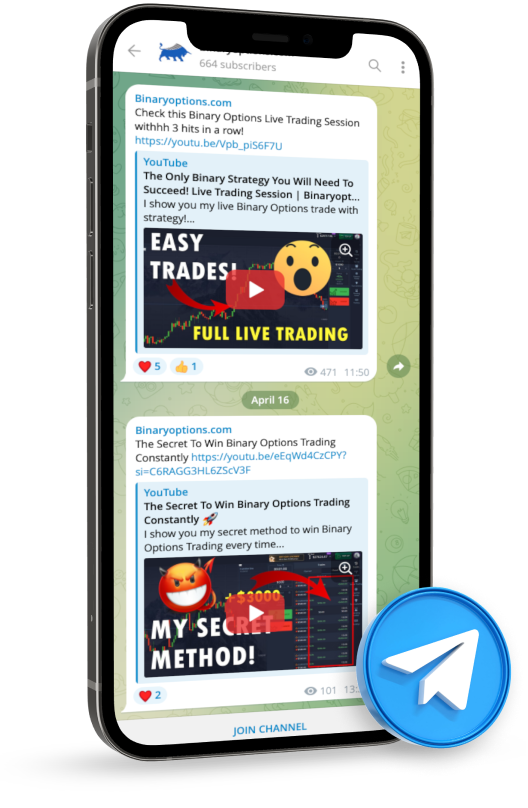Market manipulation refers to deceptive practices aimed at misleading investors or market participants by artificially controlling the prices of securities. This involves influencing financial markets with the primary goal of personal gain.
While such actions are typically illegal, they can be challenging for authorities and regulators to detect. Market manipulation may involve spreading false information or making fabricated statements to manipulate prices and deceive investors.

Market manipulation in a nutshell
- Market manipulation deceives investors by controlling securities prices for personal gain.
- Manipulative tactics include spreading false information and influencing trading through online platforms.
- Common methods: “pump and dump,” “poop and scoop,” order spoofing, and currency manipulation.
- Regulatory bodies like the SEC and FCA enforce rules to prevent market manipulation and protect investors.
What are the difference methods of market manipulation?
Market manipulation encompasses various tactics such as pump and dump or order spoofing employed to influence financial markets for personal gain. As well, it involves disseminating false or misleading information through online platforms frequented by investors. Such misinformation, when combined with prevailing market signals, can deceive investors into making predetermined trades. Common methods include:
Pump and Dump
The Pump and Dump is one of the frequently used manipulation techniques. This is used to control the price of the securities artificially. This method is commonly implemented on stocks that have a micro-market capitalization, where the manipulator sells out the security, leaving the followers with an overrated security.
Poop and Scoop
Another technique used by the manipulator is known as the Poop and Scoop, but is not common compared to the Pump and Dump. This method is used to artificially deflate the stock prices of a large or a mid-cap company. Once the price drops, the manipulator purchases the devalued shares, making a profit.
This method is rarely used, as it is pretty hard to influence the prices of a renowned company falsely.
Order Spoofing
Another common method is Order Spoofing. This method is about placing a barrage of buy and sell orders to influence the stock’s price and then canceling them when the other traders have moved their offers.
Currency Manipulation
Another type of market manipulation is currency manipulation. It is considered to be a different class, and this is often executed by legal authorities, like sovereign governments, central banks, etc.

Currency manipulation is not illegal, but this is considered to be misconduct by the WTO (World Trade Organization).
Again, the trading partners can also decide to impose sanctions. And with the floating exchange rate system, various countries can deflate or inflate the value of their respective currencies to oppose the currencies, and this depends on various external and internal motives.
They can sell out government bonds, print currencies, or make imports expensive, consequently addressing trade imbalance.
Example: How does a market manipulation look like?

An example of market manipulation can be seen by looking back at August 5th, 2019, when the Chinese Yuan’s reference rate was set above 7 Yuan per Dollar for the very first time in a decade by the PBOC or People’s Bank of China. This depreciated the currency against the U.S. Dollar and made Chinese exports cheaper in terms of the Dollar.
This rate came into play after Trump’s administration announced the new tariffs of 10% on Chinese imports worth $300 billion.
At the same, the exchange rate topped at 7 yuan per Dollar, and China was then labeled as a currency manipulator by the Trump administration. A designation was lifted after a few months.
How can a market manipulation influence Binary Options trading?
Market manipulation can affect Binary Options trading by distorting asset prices, creating false signals, manipulating liquidity, triggering stop-loss orders, and widening spreads.
When large investors use tactics such as “pump and dump”, they artificially inflate or deflate stock prices, leading to inaccurate price perceptions among traders. This type of manipulation can lead to false signals and cause traders to make decisions based on misleading information.
What role do regulatory safeguards play regarding market manipulations?

Regulations play a key role in protecting traders from manipulation tactics used by unscrupulous brokers. Regulatory authorities such as the Securities and Exchange Commission (SEC) in the United States, the Financial Conduct Authority (FCA) in the United Kingdom, and the European Securities and Markets Authority (ESMA) oversee markets and take action against those involved in manipulation.







